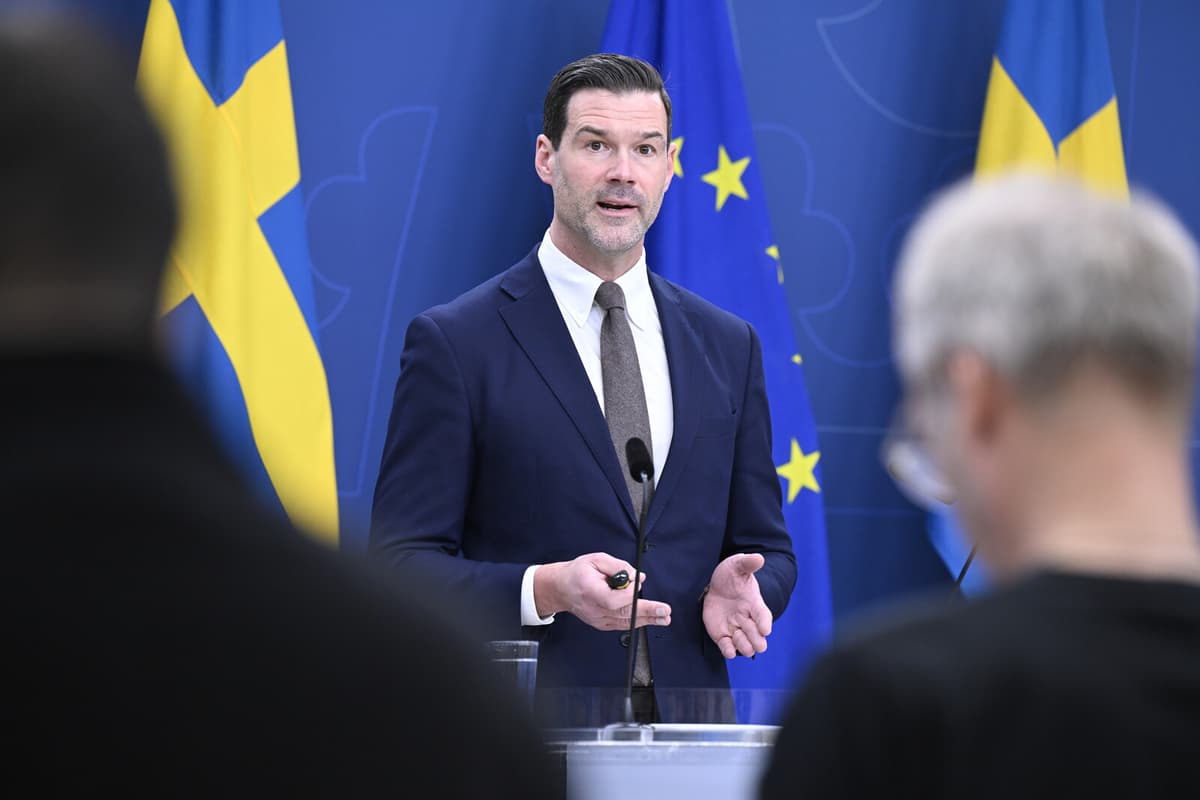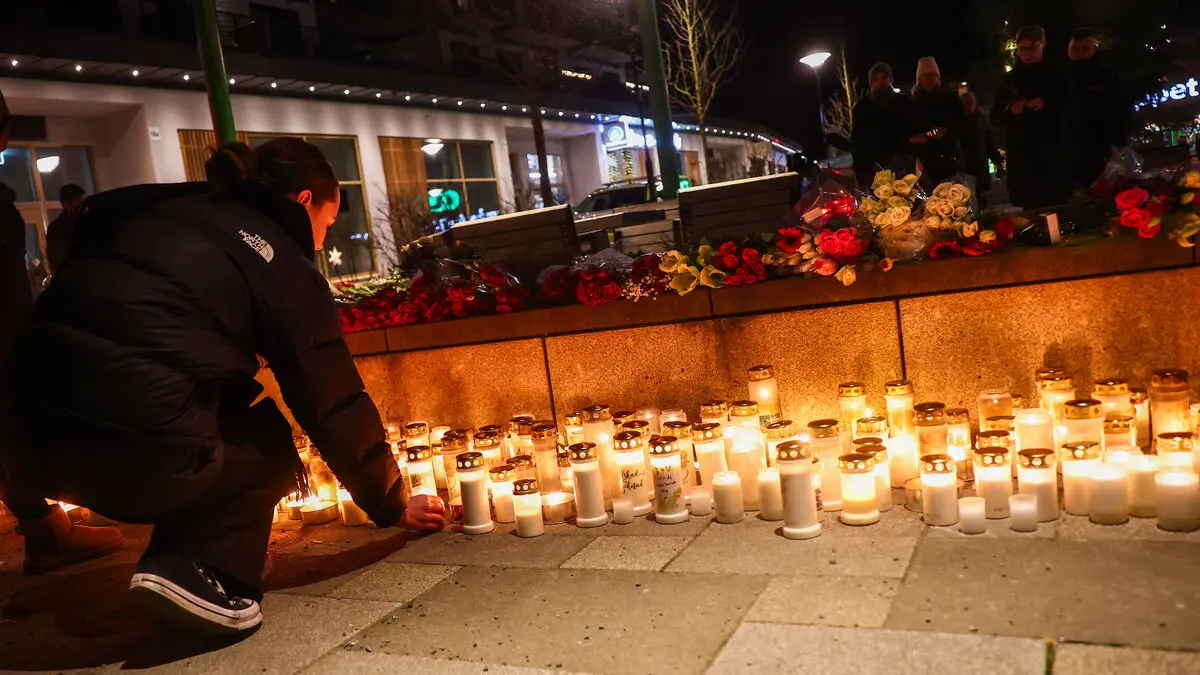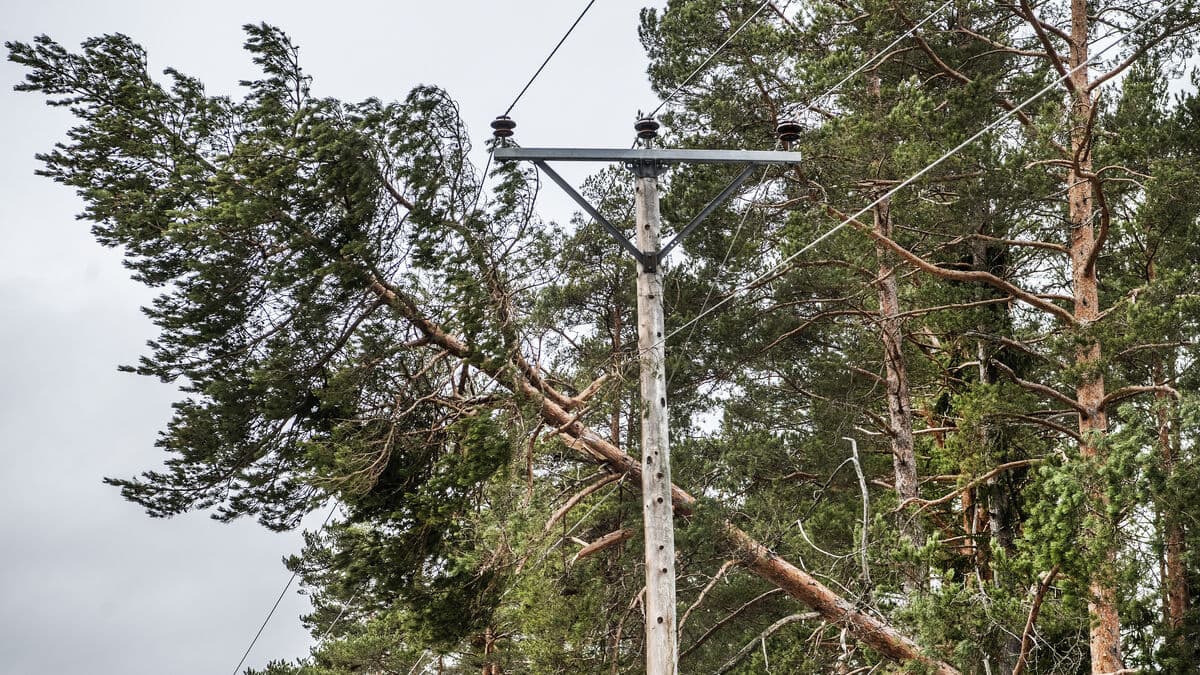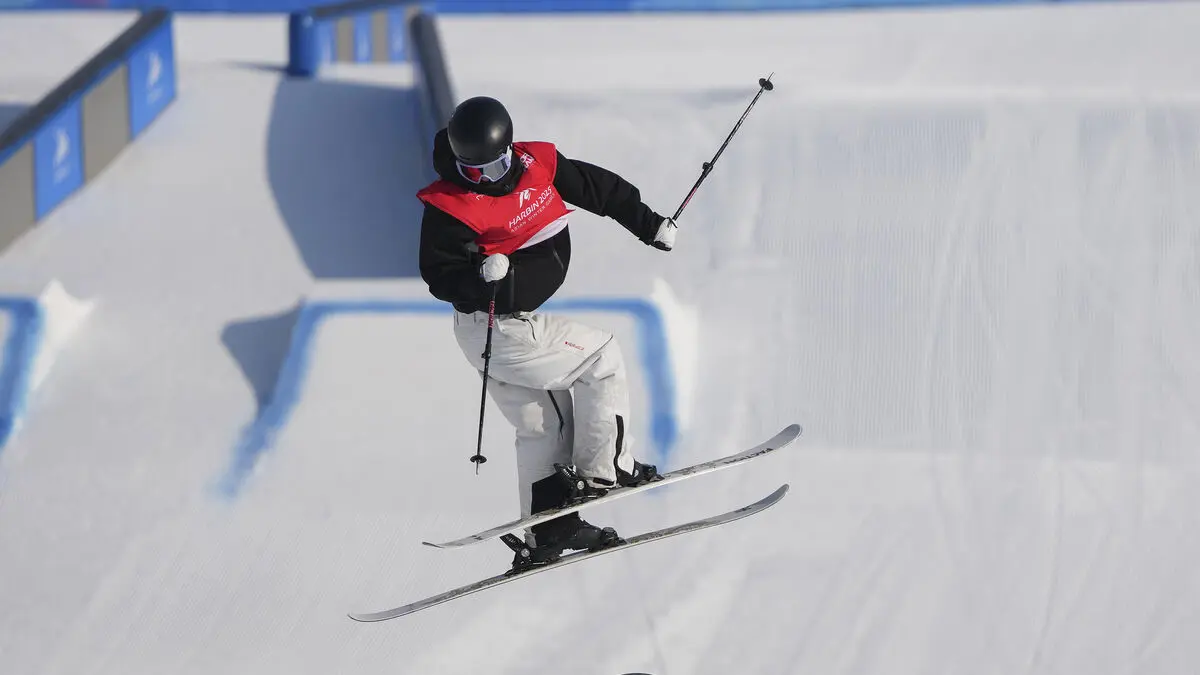Last year, 6,250 asylum-related residence permits were granted in Sweden, according to the Migration Agency's statistics. This is the lowest number since 1985.
The figure includes residence permits due to asylum reasons, quota refugees, and relatives of these groups.
The number of asylum seekers also decreased in 2024 to 9,645, which is 25 percent lower than in 2023 and the lowest figure since 1996.
According to Forssell, the decline is due to the government's migration policy as a whole and the image of Sweden as a recipient country for asylum seekers.
We have clearly and clearly stated that we will reduce asylum-related immigration, and that spreads, he says.
A lot is happening
Forssell points out that the number of asylum seekers to the EU as a whole is still at a high level, while the number to Sweden is decreasing.
Today, Sweden is no longer primarily an asylum immigration country, but rather a country for labor immigration, he says.
Swedish migration policy was significantly tightened after the refugee wave in 2015, while the EU concluded an agreement with Turkey to make immigration to the EU more difficult.
In the fall of 2022, the new Moderate-led government and the Sweden Democrats agreed on a long list of new measures to tighten migration policy. So far, only a small part has been implemented. For example, Sweden has reduced the number of quota refugees from 5,000 to 900 per year, the requirements for family reunification have been tightened, and the possibility of staying for humanitarian reasons has been restricted.
Several investigations have recently presented, or will soon present, further proposals for tightening.
A lot has happened in 2024, but I can guarantee you that at least as much will happen in 2025, says Forssell.
"Needs to decrease"
The maintenance requirements for family reunification will be further tightened, it will require more to become a citizen, welfare benefits will be limited, and the requirements for asylum seekers to live in asylum centers will be tightened.
There will also be stricter rules for when one can reapply for asylum after a rejection. Forssell points out that a quarter of asylum applications in 2024 were from people who had previously been rejected.
A study on adapting Swedish asylum regulations to the EU's minimum level will soon be presented.
The Minister of Migration does not want to set a target for how low asylum-related immigration should be, as the situation in the world can change quickly.
I think it needs to continue to decrease. The changes we have made need to be sustained over time, says Forssell.
2024: 9,645
2023: 12,498
2022: 16,738
Note: Persons who have been granted residence permits due to the Ukraine war through the EU's mass flight directive are not included.
Source: Ministry of Justice
2024: 82,857, of which 6,250 are asylum-related
2023: 91,139, of which 7,924 are asylum-related
2022: 94,613, of which 11,660 are asylum-related
Note: Persons who have been granted residence permits due to the Ukraine war through the EU's mass flight directive are not included.
Note 2: Asylum-related residence permits include asylum reasons, quota refugees, and relatives of the two groups.
Source: Ministry of Justice
2024: 12,559, of which 2,555 with coercion
2023: 11,085, of which 2,590 with coercion
2022: 9,133, of which 2,285 with coercion
Source: Ministry of Justice





